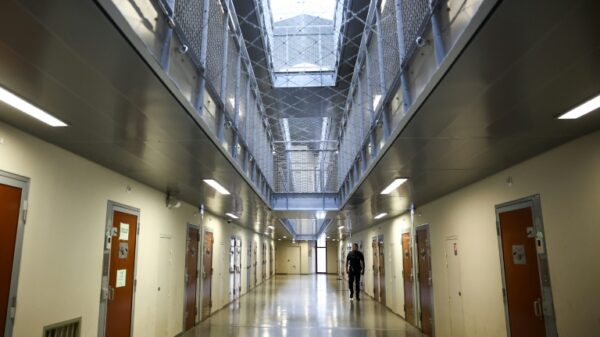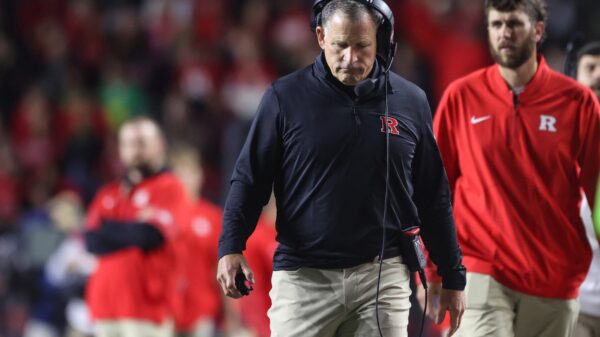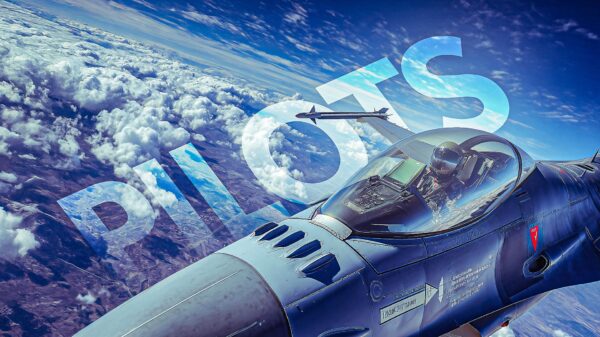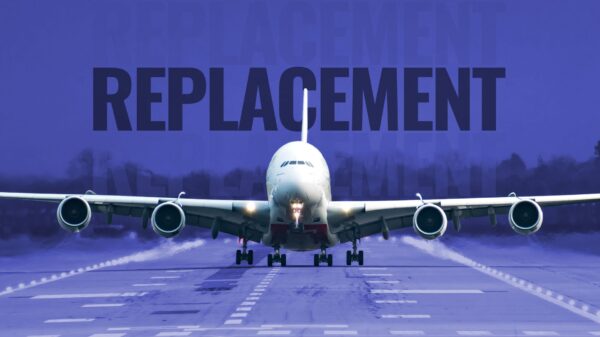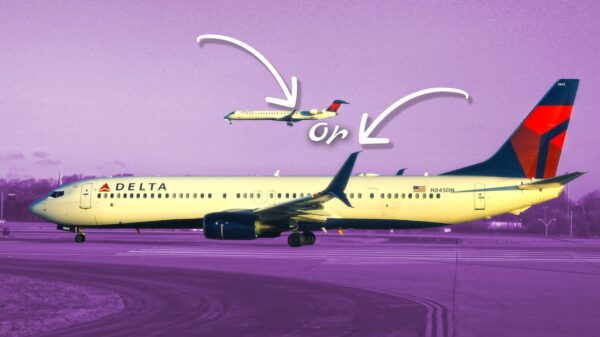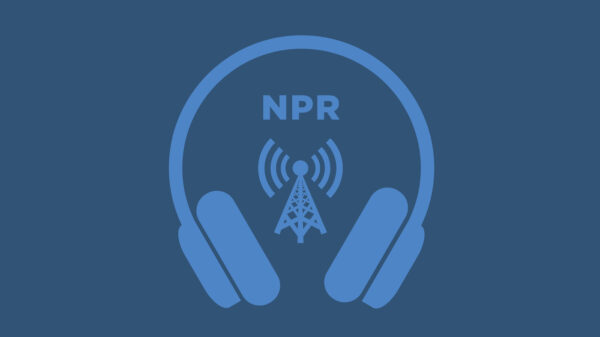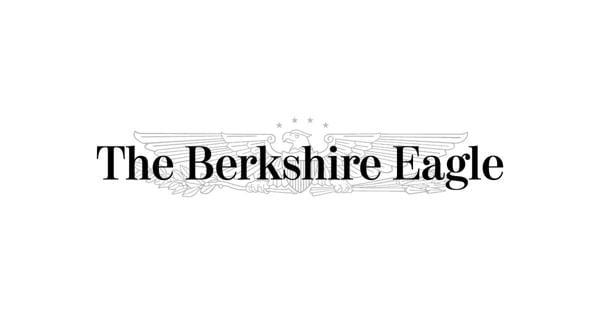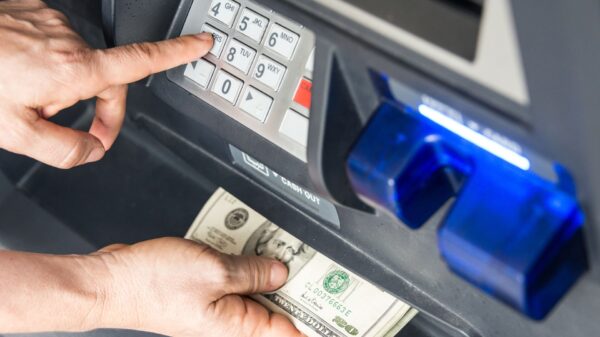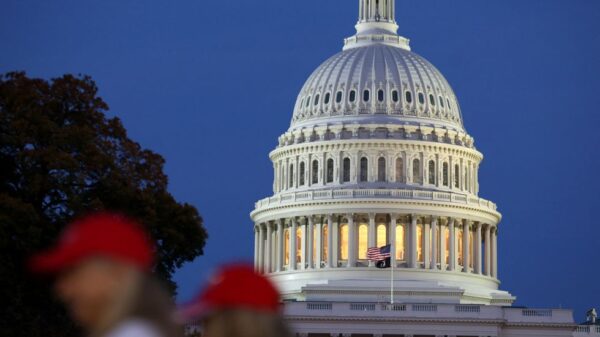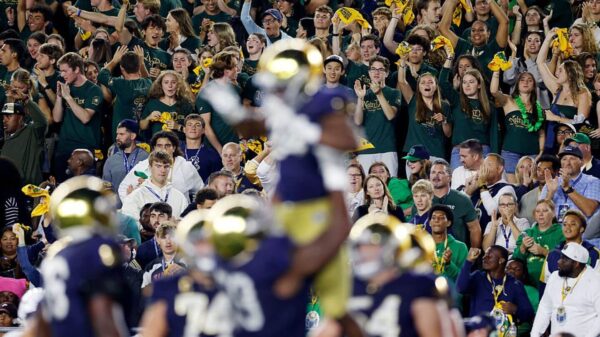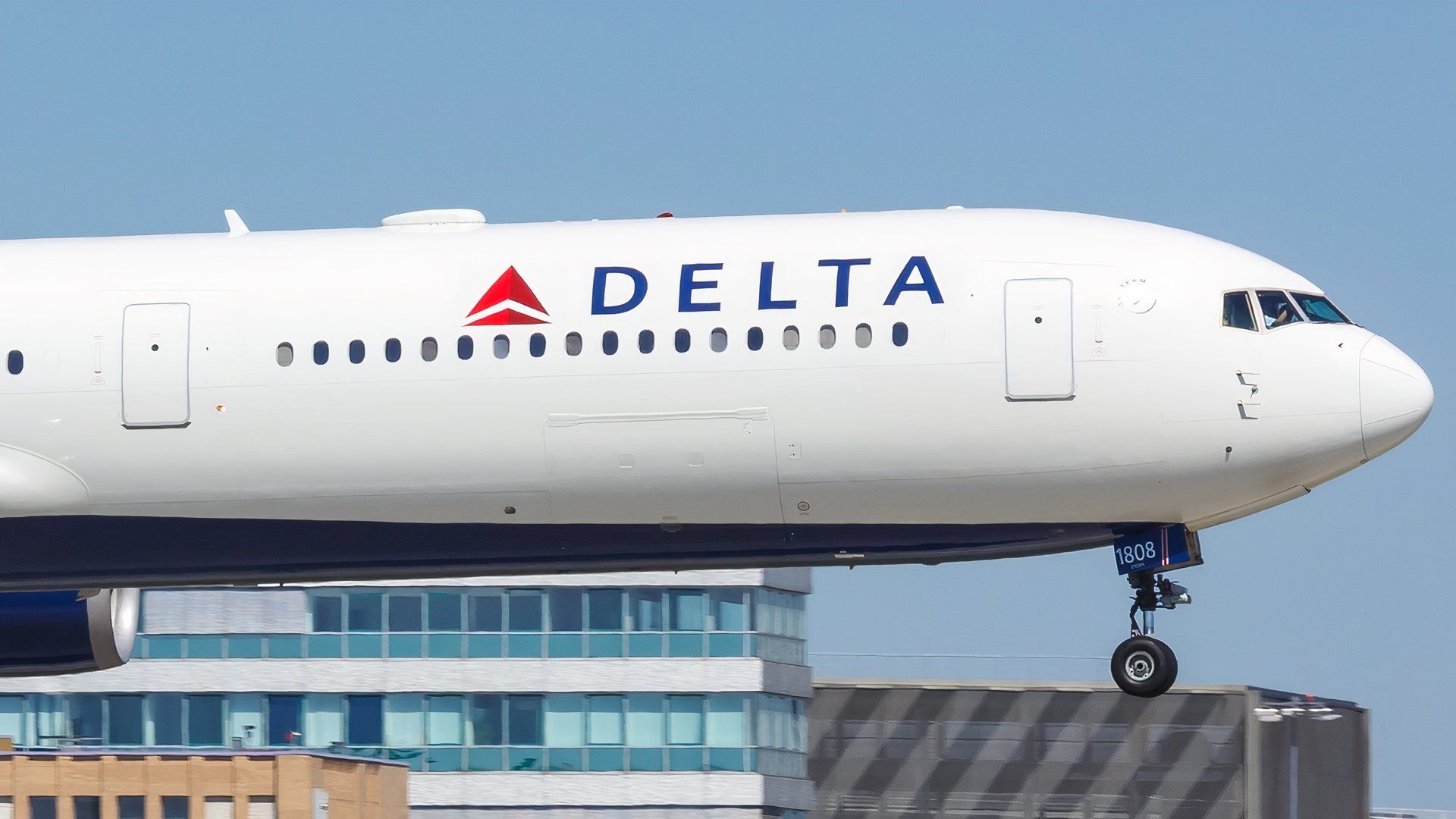Since 2022, Delta Air Lines and United Airlines have significantly increased their share of profits within the US airline industry by prioritizing premium seating and loyalty programs. Both carriers have taken advantage of their strong positions in major metropolitan airport hubs, which enables them to manage capacity effectively and set competitive pricing. The demand for premium travel, driven by affluent leisure travelers and a robust stock market, has transformed first and business class offerings into the highest-margin products for these airlines.
Loyalty programs have become a central revenue source for Delta and United, with Delta’s partnership with American Express and United’s MileagePlus program reporting consistent growth. In contrast, American Airlines, while similar in scale, has struggled to monetize its market presence and has found it challenging to compete in key areas. Despite their current dominance, Delta and United face potential risks from economic downturns affecting affluent travelers and operational challenges that could impact service capabilities.
Structural Advantages and Market Positioning
Both Delta and United have engineered a structural advantage by establishing themselves in major hubs and optimizing their fleets for premium offerings. Their ability to operate in slot-constrained airports allows them to concentrate high-yield demand and minimize price competition. By densifying their aircraft with more first and business-class seating, as well as adding premium economy options, these airlines have effectively capitalized on the willingness of affluent travelers to pay more for enhanced services.
The focus on spending-based loyalty is evident through lucrative co-branded credit card offerings, which encourage repeat purchases and generate high-margin cash flows. Their extensive long-haul networks combine corporate contracts with resilient leisure travel, allowing these carriers to adjust capacity according to demand and profitability. The restrictions on growth imposed during the pandemic have further solidified their market positions.
Impact on Competitors and Passengers
Delta and United’s strategies are prompting a reevaluation among their competitors across the airline industry. American Airlines must accelerate improvements in lounge facilities, premium seating, and corporate sales recovery while addressing its balance sheet issues. Low-cost carriers face the most significant challenges, as they encounter rising labor and operational costs while demand for low-fare cabins declines. Many budget airlines are now introducing premium-like offerings, such as extra-legroom seating and priority boarding, to adapt to changing consumer preferences.
As competition diminishes at fortress hubs, the resulting pricing power may lead to tighter upgrades and fuller main cabins. Travelers in premium segments can expect greater inventory and enhanced loyalty marketing, favoring those who spend more on co-branded cards. While budget flyers may find some premium features becoming commonplace in low-cost offerings, the overall focus on premium travel could diminish should the economy weaken, potentially leading to a resurgence of lower-cost travel options with fewer perks.
In conclusion, the strategic focus on premium offerings by Delta Air Lines and United Airlines has reshaped the competitive landscape of the airline industry. Their success has not only reinforced their market dominance but also imposed significant challenges on competitors and altered the travel experience for passengers. As the industry continues to evolve, the long-term implications of these shifts will become increasingly apparent.


